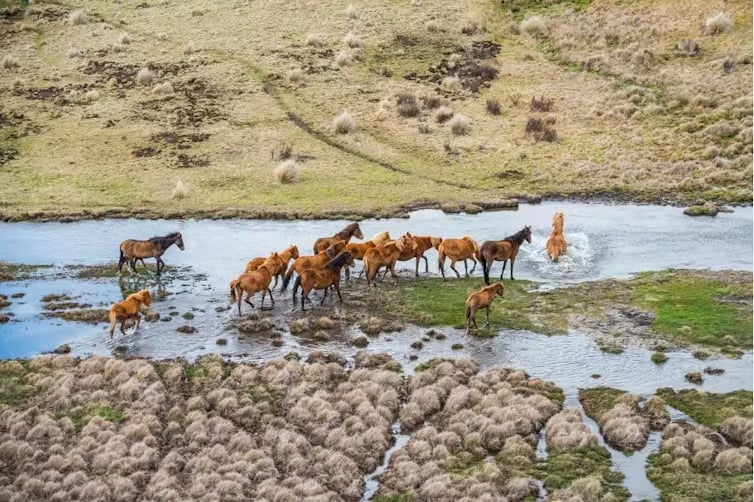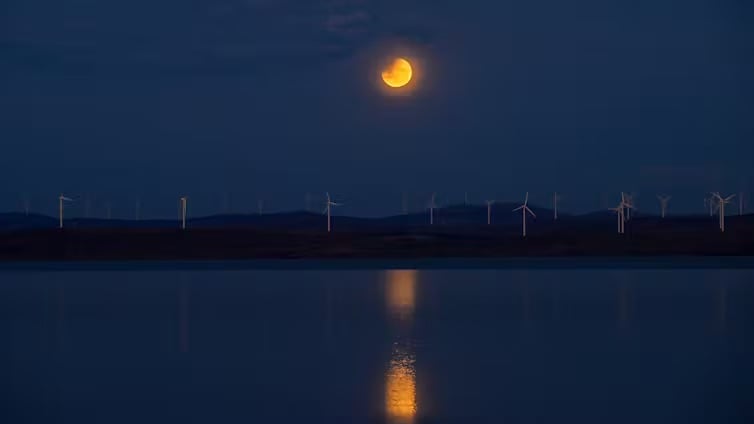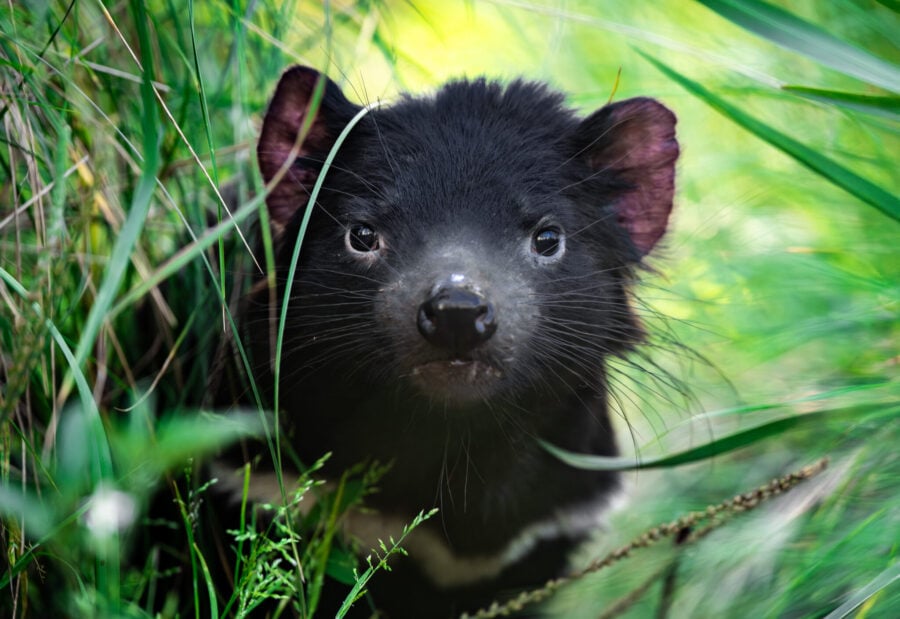Island dwarfs and giants
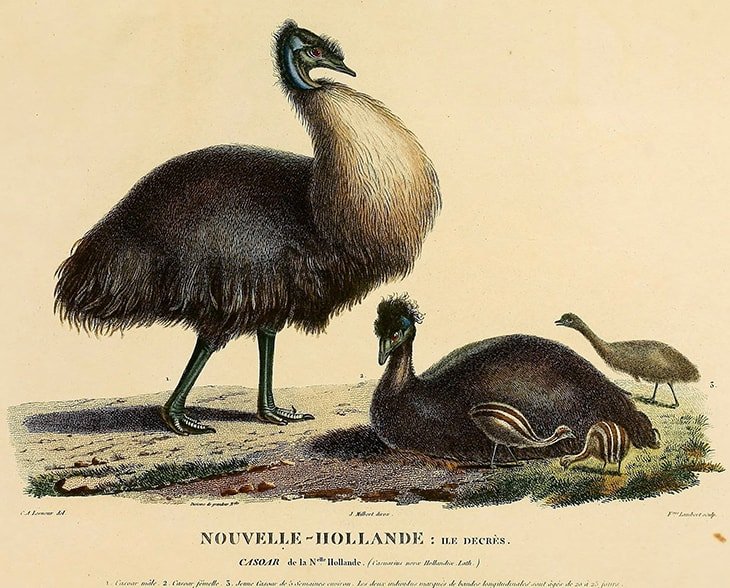
ISLANDS ARE IDEAL places for giants and dwarfs. On certain islands we can find the world’s most enormous lizards (Komodo dragons) and tortoises (Galapagos giant tortoise) and the largest invertebrates on land (robber crabs). Other islands (in the Caribbean) have the world’s smallest snakes and lizards.
The world has lost many giants and dwarfs from human hunting and past climate change. The dodo of Mauritius once reigned as the world’s biggest pigeon, and Madagascar had the most monstrous birds (elephant birds). Ten thousand or so years ago there were dwarf elephants and hippos on Mediterranean islands, including elephants standing less than a metre tall at the shoulder.
Australia’s most amazing dwarfs were the emus on King Island, Tasmania, and Kangaroo Island off South Australia. The King Island emu was about half the size of the mainland bird, and the Kangaroo Island emu was slightly larger. They went extinct from hunting early in the 19th century.
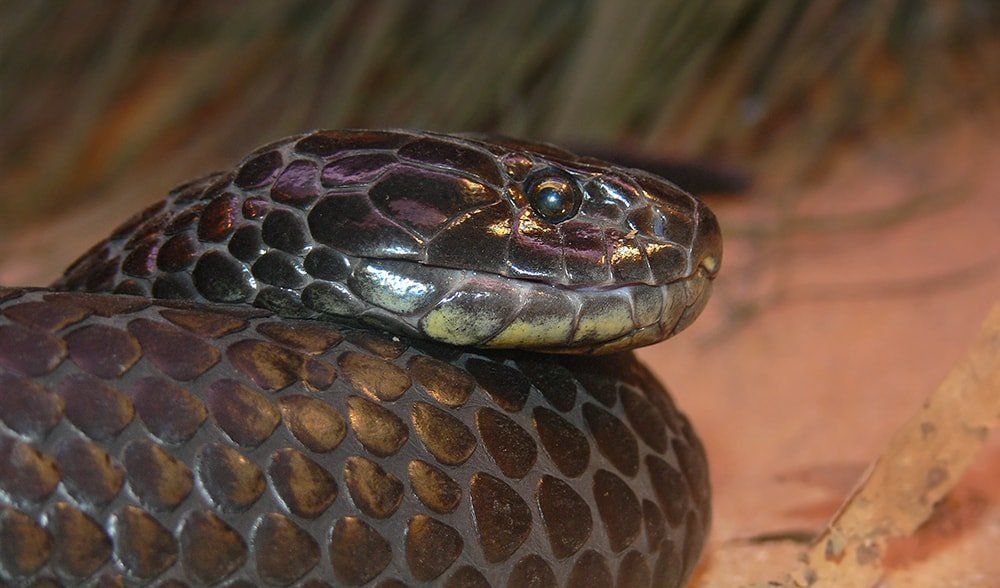
Chappel Island tiger snake (Notechis ater serventyi), the largest of the tiger snake family. (Image: Benjamint444 / Wikimedia)
The tiger snakes on Australia’s southern islands include both giants and dwarfs. On the Furneaux Islands in Bass Strait, where there are plump muttonbird chicks to fatten on, the ‘tigers’ are giants up to 1.9m long and weighing over a kilogram. On Roxby Island in South Australia, where their main foods are little lizards, they are half as long and under one fifth the weight. The size differences are stark even at birth. Mainland ‘tigers’ fall between these extremes.
The emus and tiger snakes downsized and upsized in less than 12,000 years, as rising seas after the last ice age contained them on newly created islands. Evolution can be rapid when populations are small.
Dwarfing is often a response to a limited diet. The gigantism in tiger snakes is also about food, but often has to do with freedom from predators and competitors. Robber crabs keep to islands with no mammals big enough to eat them. The dodo matched several island birds by becoming a flightless giant without enemies. With no predators, island animals often lose much of their wariness, leaving them in peril when people arrive.
Fossils of Komodo dragons have been found in Australia, showing that they became giants here rather than on the Indonesian islands they occupy today. Even so, they count as evidence that islands suit giants. On Flores Island they lived among pygmy elephants (Stegodon), giant rats and the famous pygmy humans dubbed ‘Hobbits’ (Homo floriensis). Only 1.1m tall, the Hobbits were a striking example of island dwarfing – though some experts attribute their tiny size to illness.
Tim Low is the author of the award-winning book Where Song Began. Follow him on Twitter @TimLow5.
READ MORE:
- VIDEO: Australia’s biggest stick insect
- World’s biggest cuckoos once roamed the Nullarbor
- Australian lizard the world’s smallest monitor
- GALLERY: World’s smallest gliders
